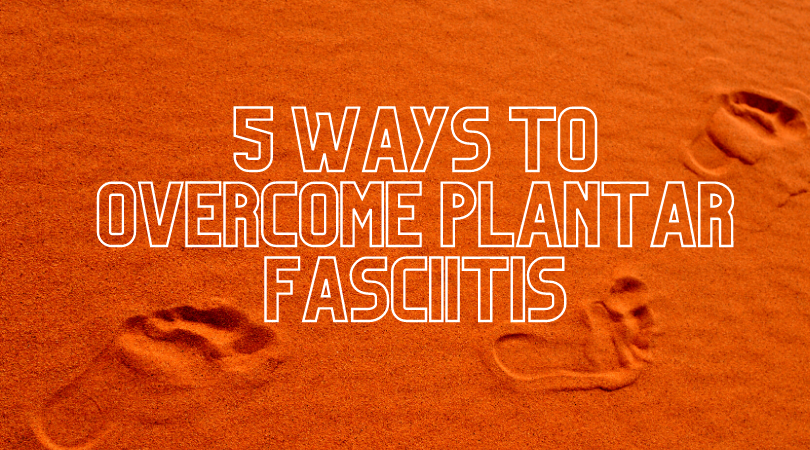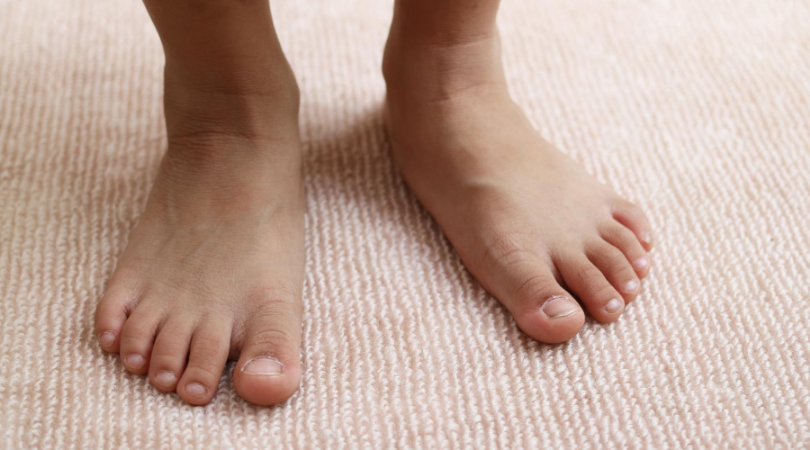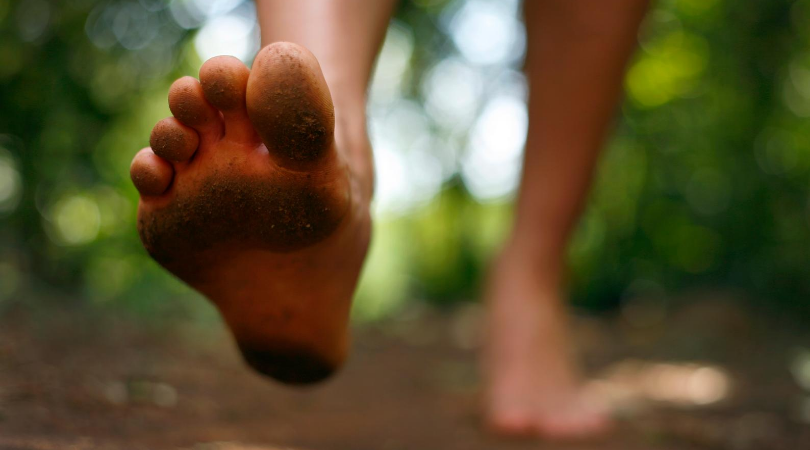5 ways to overcome plantar fasciitis

As soon as summer starts, I see a lot more people presenting with plantar fascia pain and foot pain. I wonder if it is because of the transition from supportive shoes to barefoot walking as the cause. Keep this in mind. You are more likely to develop plantar fascia pain if you exceed your capacity for the tissue to tolerate load. In other words, spending an extended period of time off your feet, wearing big supportive shoes and then suddenly standing in bare feet longer than usual. Below are 5 ways to help overcome your plantar fasciitis.
Pay attention to your first steps in the morning
This is usually the first sign of tissue overload and often goes ignored for weeks. Pain or stiffness is felt in the arch of the foot, or more commonly as the fascia attaches on the inner heel. If symptoms are increasing every morning recognize and intervene. On the other hand, if your morning symptoms are slowly improving, it is a sign your treatment is working.

Don’t connect plantar fasciitis with ‘collapsing’ feet
Everyone gets plantar fasciitis no matter what foot shape. Being told you ‘over-pronate’ and have collapsing feet is an extremely dis-empowering belief which doesn’t hold true in research papers. For example, Neal et al 2014 conducted a huge analysis and found no link between foot shape & foot pain. So realize there is nothing wrong with a pronated foot as long as it’s strong, functioning well and accompanied with a program to avoid spikes in load.
If severe, use offloading techniques for the short term
Offloading without strengthening beyond 1 week will just create more weakness in the foot. Instead, offload the irritated foot with taping, supportive shoes, off-the-shelf orthotics or cushioned insoles to get symptoms under control. When the time is right, move into strengthening the strengthening phase.

The foot rebuilding phase
You might even think of the foot as a muscle-core system. If the foot isn’t currently tolerating your daily loads, strengthen it up to tolerate those loads. In other words, your feet can become weak if you spend large amounts of time in supportive shoes or without exercising. Standing still, barefoot walking and running requires the arch to have a large load capacity. Work with your physio you determine which exercise is most appropriate for your current symptoms. For some examples head to my blog about foot strengthening.
Address the whole kinetic chain
This can begin at any stage of your recovery but is important that you don’t just focus on the feet. When you run, you use the entire lower leg, hip and back to maintain co-ordination, balance & strength. With this in mind, a strength program that includes the ankle, knee & hip ensures a complete & successful rehabilitation. For more information head to my blog, am I strong enough to be a runner?
Relevant Blog posts
- Other possible causes for your plantar heel pain
- Is resting really the best thing for my injury?
- Do I need strong feet for running?
- Do I Need Orthotics To Help My Running?
Relevant Podcast episodes
- Strength training 5: Keep your feet strong with Tim Bransdon
- Plantar Fasciitis 1: Causes, diagnosis & characteristics
- Plantar Fasciitis 2: Rehabilitation & prevention
